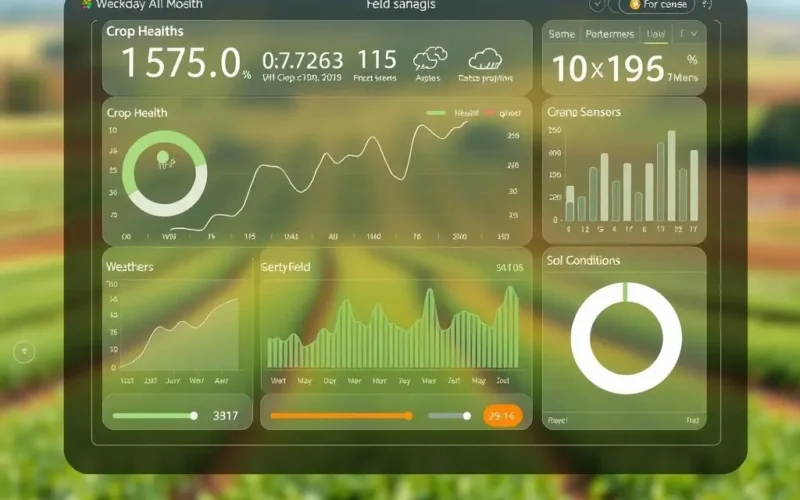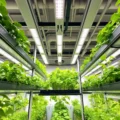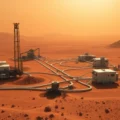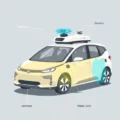Okay, let’s talk big. What if the complex lines of code, the vast neural networks, the sheer processing power of Artificial Intelligence could actually hold the key to one of humanity’s oldest and most devastating problems: world hunger?
It sounds like something straight out of a science fiction novel, doesn’t it? But increasingly, it’s moving from a distant tech dream into the realm of tangible possibility. Imagine a world where AI doesn’t just recommend your next movie but helps predict crop failures before they happen, optimizes every drop of water used in farming, designs hyper-efficient food production systems, and ensures that food reaches those who need it most, precisely when they need it.
It’s a powerful ‘what if,’ and it’s worth exploring just how far AI’s capabilities might stretch in feeding a growing planet.
Before we dive deep into the nuts and bolts, take a moment to catch this quick glimpse into the potential we’re talking about:
Table of Contents
The Stark Reality: The Scale of the Hunger Crisis
Despite unprecedented technological advancements, millions still face food insecurity. The UN’s latest reports paint a sobering picture: hundreds of millions go to bed hungry, and millions face severe food shortages. This isn’t just about lack of food; it’s a complex web woven from climate change impacts, economic instability, conflicts, inefficient distribution systems, and agricultural practices that are often resource-intensive and vulnerable to environmental shocks.
Solving world hunger requires a multi-faceted approach, tackling issues from farm productivity and resource management to supply chain logistics and food waste. This is where AI steps onto the stage, offering tools that can analyze complexity and optimize systems on a scale previously unimaginable.
AI on the Farm: Revolutionizing Agriculture
At the very foundation of our food system is agriculture. AI’s potential here is transformative, moving farming from traditional methods towards precision and efficiency.
Predicting Yields and Risks with Pinpoint Accuracy
AI algorithms can crunch vast datasets – historical yield data, real-time weather patterns, satellite imagery showing crop health, soil composition information, and even pest infestation reports. By analyzing these factors, AI can predict crop yields with far greater accuracy than traditional methods. This allows farmers, governments, and aid organizations to anticipate surpluses or, critically, predict potential shortages weeks or even months in advance. Early warnings mean proactive measures can be taken – like adjusting planting strategies, preparing for imports, or prepositioning aid.
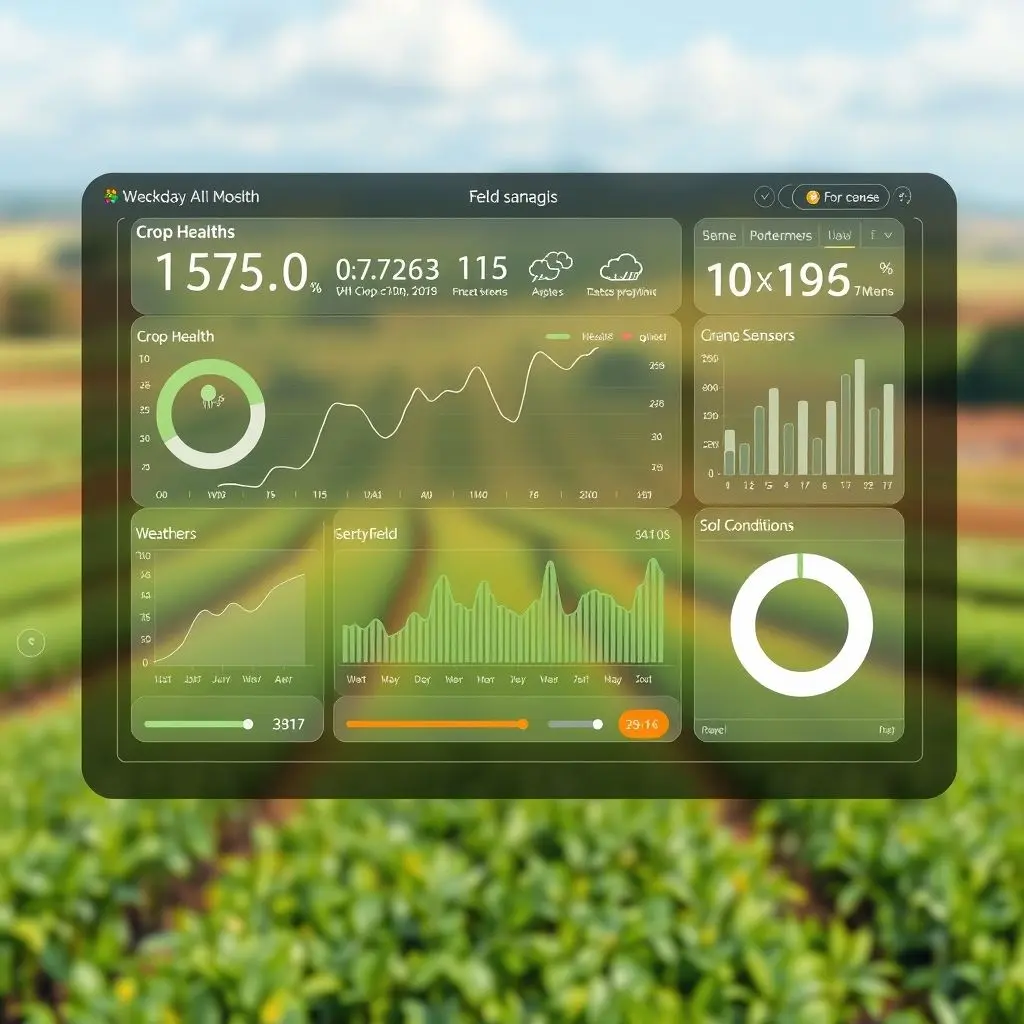
Optimizing Precious Resources: Water and Nutrients
Water scarcity is a major threat to agriculture globally. AI-powered irrigation systems use sensors in the soil and weather forecasts to determine *exactly* how much water crops need and *precisely* when they need it. This isn’t just about saving water; it reduces energy costs for pumping and prevents overwatering, which can damage crops and leach vital nutrients from the soil. Similarly, AI can analyze soil data and plant needs to recommend the optimal type and amount of fertilizer, reducing waste and environmental impact.
The Rise of Hyper-Efficient Vertical and Urban Farms
Vertical farms, stacking crops in layers, often indoors, require precise control over light, temperature, humidity, and nutrients. AI is the brain behind many of these operations. It monitors conditions constantly, adjusts LED lighting spectra, regulates environmental controls, and manages nutrient delivery systems to maximize growth in minimal space. This allows food to be grown closer to urban centers, reducing transportation costs and spoilage, and in environments otherwise unsuitable for traditional farming, making fresh produce available locally year-round, regardless of external weather conditions.
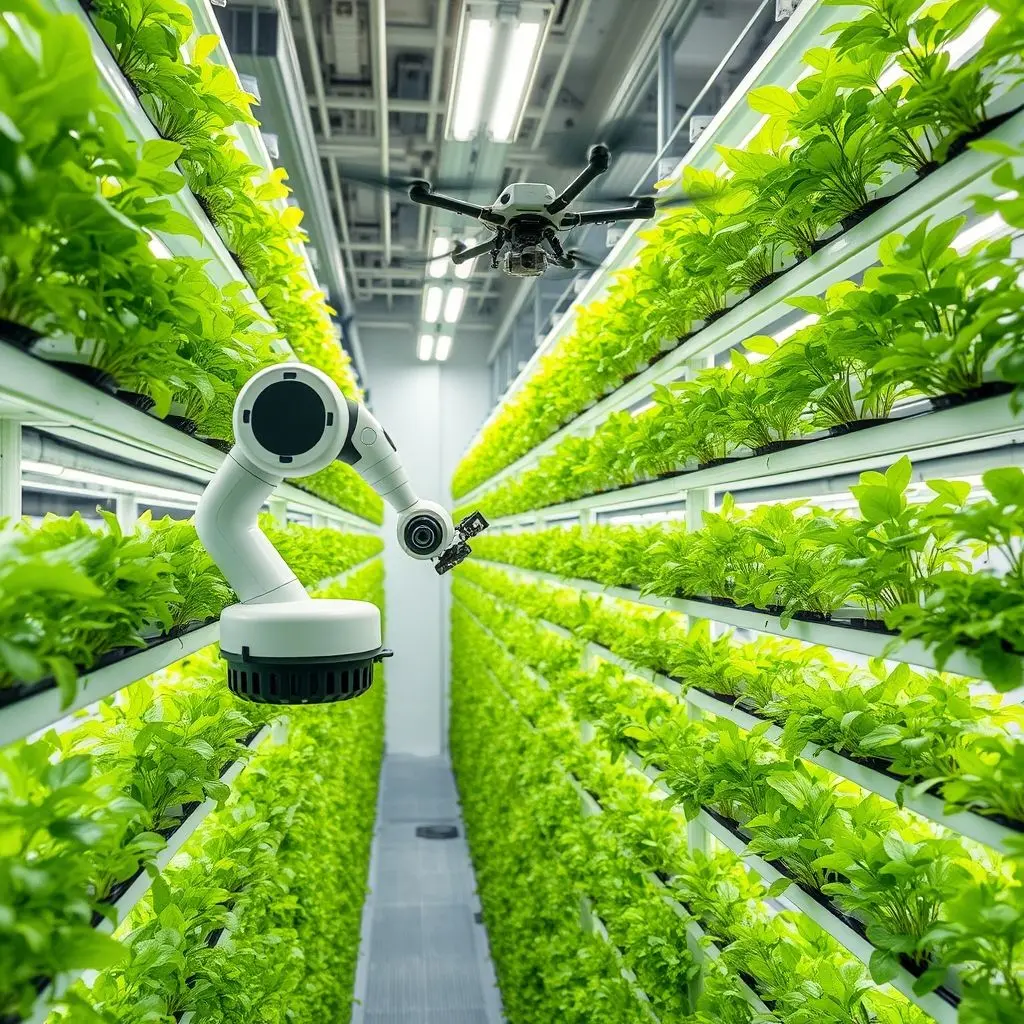
AI Beyond the Farm: Streamlining the Supply Chain
Growing enough food is only part of the challenge. Getting it from the field (or vertical farm) to the fork efficiently is equally crucial. Food waste and logistical bottlenecks are major contributors to hunger.
Smart Distribution and Logistics
AI can analyze complex global supply chains, factoring in transportation routes, storage capacity, demand forecasts, political stability, and even real-time traffic or weather delays. It can optimize routes, predict demand fluctuations in different regions, and identify potential chokepoints *before* they cause significant issues. This ensures food is directed where it’s most needed, reducing delivery times and minimizing loss during transit.
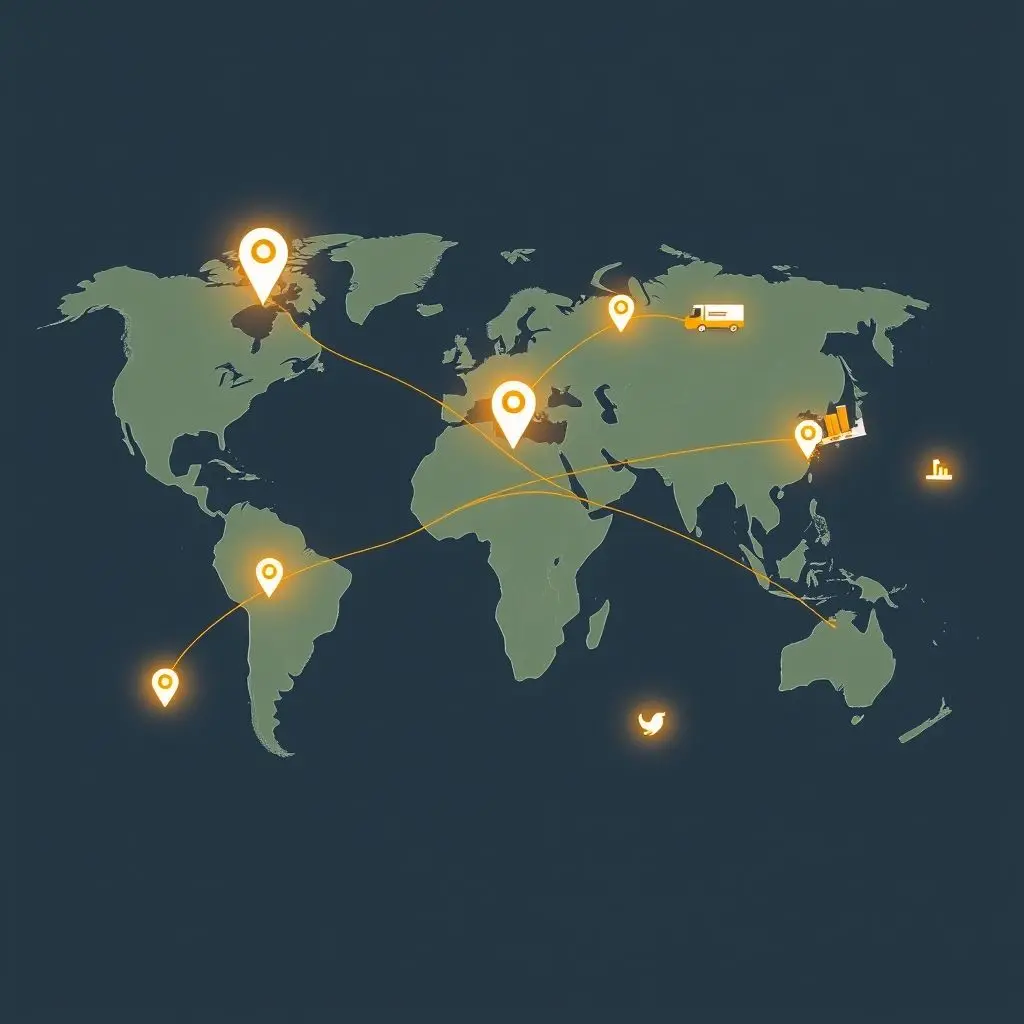
Reducing Food Waste
From predicting the shelf life of produce based on handling and storage conditions to optimizing inventory management in warehouses and supermarkets, AI can identify areas where food is likely to spoil and suggest actions to prevent it. This might involve dynamic pricing to sell items nearing expiry or optimizing routes to deliver perishable goods faster. Reducing waste means more food is available for consumption, easing pressure on the supply.
Personalizing Nutrition and Empowering Communities
AI isn’t just for large-scale systems. It can also operate at the individual or community level.
Tailored Nutrition Plans
Considering local food availability, nutritional needs, and dietary restrictions, AI could help design personalized nutrition plans for individuals or families, especially in areas with limited food options. It could suggest balanced meals using accessible ingredients, helping combat malnutrition.
Knowledge Sharing and Empowerment
AI-powered tools can provide farmers in developing regions with access to best practices, weather information, pest alerts, and market prices via simple mobile interfaces, even with limited connectivity. This empowers them to make better-informed decisions, improve their yields, and increase their resilience.
Challenges and the Road Ahead
While the potential is immense, implementing AI solutions to solve world hunger isn’t without hurdles.
Significant investment is needed for the necessary infrastructure – sensors, connectivity, computing power. There’s also the challenge of data availability and quality, particularly in remote or less developed regions. Ensuring equitable access to these technologies is crucial to avoid widening existing inequalities. Ethical considerations around data privacy and the potential for job displacement in agriculture also need careful navigation.
Furthermore, AI is a tool. It requires human expertise to deploy, manage, and interpret its outputs. It must be integrated into existing systems and local contexts, respecting traditional knowledge and community structures.
Frequently Asked Questions (FAQs)
Is AI a magic bullet for ending world hunger?
No, AI is a powerful set of tools, not a standalone solution. It can significantly enhance efficiency, prediction, and distribution, but it must be part of a broader strategy addressing economic, social, and environmental factors contributing to hunger.
What kind of data does AI need to help agriculture?
AI thrives on data including weather patterns, soil types and health, historical crop yields, satellite and drone imagery, sensor data from fields, market prices, pest and disease outbreaks, and even consumer demand trends.
Is AI technology affordable for small farmers?
Currently, some advanced AI systems can be expensive. However, efforts are underway to develop more affordable, scalable solutions, often leveraging mobile technology and cloud computing to make AI accessible to smaller farms and communities.
Could AI lead to job losses in agriculture?
The implementation of AI and automation could change the nature of agricultural work. While some tasks might be automated, new roles requiring technical skills for managing AI systems will likely emerge. Training and support for transitions are important considerations.
Charting the Course for a Nourished Future
The vision of AI playing a pivotal role in eradicating world hunger is compelling. From enhancing the productivity and sustainability of farming through precision agriculture to creating hyper-efficient, localized food production systems like vertical farms, and streamlining the complex global journey food takes from origin to destination – the possibilities are vast.
It demands collaboration across technologists, scientists, policymakers, businesses, and local communities. Investing in research, building necessary infrastructure, and focusing on equitable access are critical steps. The path to a world where everyone has enough nutritious food to eat is challenging, but with intelligent systems working alongside human ingenuity, navigating that path byte by byte brings us closer to making that vital ‘what if’ a reality.

